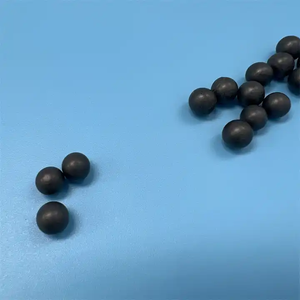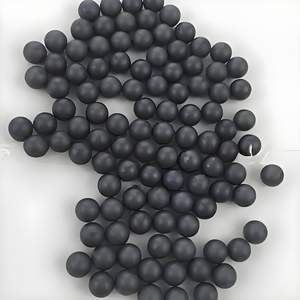Discover Premium Ceramic Products | Durability & Elegance United | Advanced Ceramics
PRODUCT PARAMETERS
Description
Introduction of Boron Carbide Ceramics
Boron carbide ceramics is an inorganic, non-metallic material with carbon and boron as its main components, and its chemical formula is B4C. Since its discovery in the early 20th century, this material has attracted a great deal of attention because of its unique physical and chemical properties. Boron carbide ceramics have an extremely high hardness, second only to diamond and cubic boron nitride, which makes it important in the field of wear-resistant materials. It also exhibits excellent corrosion resistance, high-temperature stability and low-density properties, attributes that make it ideal for the manufacture of bullet-proof vests, nozzles, bearings and other mechanical components that require high wear resistance. Boron carbide ceramics can also be prepared in a variety of shapes and sizes through different processes to meet the needs of different industries.
Characteristics of Boron Carbide Ceramics
Boron carbide ceramics are known for their excellent performance characteristics, starting with their ultra-high hardness and strength, which makes them resistant to severe abrasion and scratching, making them ideal for use in cutting tools and abrasives. Secondly, the material possesses excellent chemical stability and is less likely to react with chemicals such as acids and alkalis, even in extreme environments, making it widely used in certain key components in the chemical industry. In addition, the superior thermal stability of boron carbide ceramics and their ability to maintain structural and property stability at extremely high temperatures makes them one of the key materials in the aerospace and nuclear industries. Finally, it is worth mentioning its lightweight properties, which, due to its low density, make boron carbide ceramics an ideal option for application scenarios that require light weight but high strength. Together, these characteristics give boron carbide ceramics a wide range of applications.
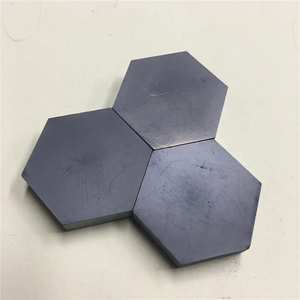
(The Ceramic Materials Used for Ballistic Armor Plates Silicon Carbide (sic) Boron Carbide)
Specification of The Ceramic Materials Used for Ballistic Armor Plates Silicon Carbide (sic) Boron Carbide
The ceramic materials used in ballistic armor plates generally consist of silicon carbide (SiC) and boron carbide. Both are innovative ceramics recognized for extreme hardness, light-weight buildings, and capacity to break projectile influence power. These materials are essential for army lorries, body armor, and safety gear requiring top-level ballistic resistance.
Silicon carbide combines high hardness with solid thermal conductivity. Its framework resists deformation under anxiety, making it efficient versus high-velocity threats like armor-piercing rounds. The material’s density is lower than steels, minimizing weight without giving up security. Manufacturing includes hot pushing or sintering great powders into dense plates. This process makes certain uniformity, removing powerlessness.
Boron carbide is harder than silicon carbide yet somewhat less tough. It is the lightest ceramic made use of in armor, ideal for applications where weight reduction is essential. Its molecular structure absorbs kinetic energy by fracturing in a regulated manner under impact. This smashing activity spreads force, slowing down or stopping projectiles. Boron carbide executes finest against smaller, quicker hazards yet might require support materials like polyethylene or metals for multi-hit capability.
Both ceramics are breakable contrasted to metals. They work by fracturing under tension to absorb energy, which implies they usually pair with pliable layers in composite armor systems. This combination equilibriums solidity and versatility, enhancing general durability. Manufacturing issues like pores or splits can deteriorate efficiency, so quality control throughout production is crucial.
Silicon carbide fits atmospheres requiring heat resistance, such as car shield. Boron carbide is liked for body shield due to its reduced weight. Costs differ considerably– boron carbide is more costly, restricting its usage to high-priority applications. Advancements in production objective to decrease costs while preserving efficiency.
These porcelains are checked under requirements like NIJ Degree IV, guaranteeing they stop defined risks. Their use has actually expanded beyond military to police and civilian markets. Study continues to enhance crack strength and multi-hit reliability. Correctly engineered ceramic plates remain a key service for modern-day ballistic defense.
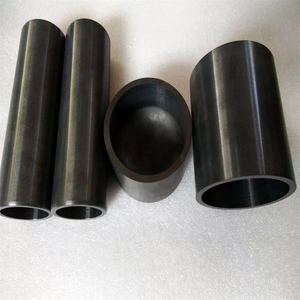
(The Ceramic Materials Used for Ballistic Armor Plates Silicon Carbide (sic) Boron Carbide)
Applications of The Ceramic Materials Used for Ballistic Armor Plates Silicon Carbide (sic) Boron Carbide
Ceramic materials like silicon carbide (SiC) and boron carbide are key in making ballistic shield plates. These materials function well due to the fact that they are extremely difficult and light. They stop bullets and shrapnel far better than metals. This makes them optimal for army and police gear.
Silicon carbide is common in armor systems. It is more affordable than boron carbide. It takes care of high-velocity threats like rifle rounds. It is used in body shield plates for soldiers. It additionally secures army automobiles. The disadvantage is it is heavier than boron carbide. This limits its usage where weight matters most.
Boron carbide is lighter and harder than silicon carbide. It is better for quiting armor-piercing bullets. It is often used in top-tier body armor. Cops and special pressures use it. It is likewise utilized in helicopter seats and airplane armor. The trouble is it sets you back much more. This makes it much less usual for large-scale usages.
Both materials are fragile. They can break under duplicated hits. To fix this, they are layered with fabrics or metals. These layers absorb leftover energy. This combo keeps the shield strong however light.
Armor plates made from these ceramics are located in safety helmets as well. They shield versus head injuries. Naval ships use them to shield important locations. Noncombatant protection groups utilize them in VIP vehicles. The objective is always the very same: quit dangers without adding bulk.
These ceramics encounter limits. They damage down with time with heavy usage. Changing them can be expensive. Research study focuses on making them tougher. New techniques mix porcelains with various other materials. This enhances resilience without shedding efficiency.
Armed forces standards need strenuous screening. Plates should stop particular rounds several times. Quality checks ensure they fulfill safety needs. This keeps individuals safe in fight.
Silicon carbide and boron carbide remain important for modern shield. They balance security and usefulness. Their role in conserving lives stays unrivaled. Advancements keep pressing their limits. Future shield will likely count on these porcelains a lot more.
Company Introduction
Advanced Ceramics founded on October 17, 2014, is a high-tech enterprise committed to the research and development, production, processing, sales and technical services of ceramic relative materials and products.. Since its establishment in 2014, the company has been committed to providing customers with the best products and services, and has become a leader in the industry through continuous technological innovation and strict quality management.
Our products includes but not limited to Silicon carbide ceramic products, Boron Carbide Ceramic Products, Boron Nitride Ceramic Products, Silicon Carbide Ceramic Products, Silicon Nitride Ceramic Products, Zirconium Dioxide Ceramic Products, Quartz Products, etc. Please feel free to contact us.(nanotrun@yahoo.com)

Payment Methods
T/T, Western Union, Paypal, Credit Card etc.
Shipment Methods
By air, by sea, by express, as customers request.

5 FAQs of The Ceramic Materials Used for Ballistic Armor Plates Silicon Carbide (sic) Boron Carbide
What makes silicon carbide and boron carbide suitable for ballistic armor plates? These ceramics are extremely hard. They absorb and disperse bullet energy effectively. Their hardness shatters incoming projectiles on impact. This reduces penetration risk. Both materials work well in body armor and vehicle plating. They offer high protection with less weight than metal alloys.
How do silicon carbide and boron carbide differ? Boron carbide is lighter and harder than silicon carbide. It performs better against high-velocity threats. Boron carbide costs more. Silicon carbide provides a balance of performance and affordability. It is often chosen for applications where budget matters. Both ceramics are brittle. They are typically bonded to a backing layer to prevent cracking.
Are ceramic armor plates heavy? No. Ceramic plates are much lighter than steel. This makes armor systems easier to wear or mount. Reduced weight improves mobility for soldiers or security personnel. Lighter armor also causes less fatigue during long missions.
Do ceramic plates last forever? No. Ceramic plates degrade over time. They can crack from repeated impacts or rough handling. Damage from drops or environmental stress weakens them. Plates must be inspected regularly. Replace them if defects appear. Most manufacturers recommend replacement after a confirmed strike.
Can ceramic armor stop all types of bullets? No. Ceramic plates are rated for specific threat levels. They stop bullets they are designed to withstand. Higher-velocity rounds or armor-piercing ammunition may penetrate. Multi-hit capability depends on plate quality and design. Combining ceramics with other materials like polyethylene enhances protection. Always check the armor’s certification for its intended use.
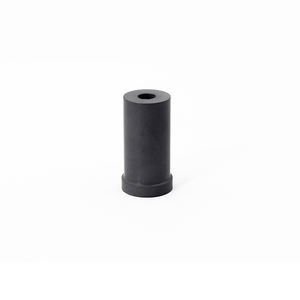
(The Ceramic Materials Used for Ballistic Armor Plates Silicon Carbide (sic) Boron Carbide)
REQUEST A QUOTE
RELATED PRODUCTS
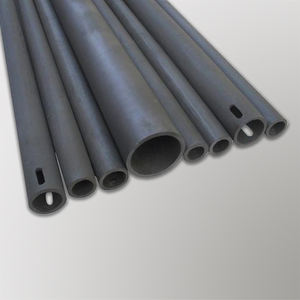
Wear Resistant B4C Boron Carbide Ceramic Plates for armor
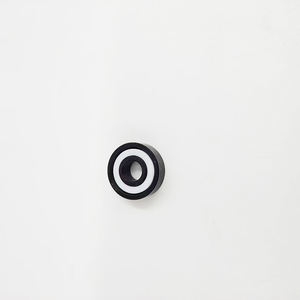
Customized High Hardness Boron Carbide B4C Ceramic Block for Sand Mill
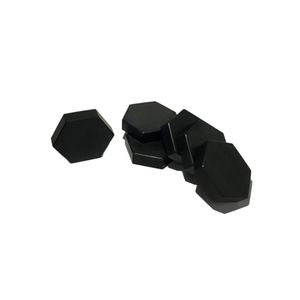
Sand Blast Boron Carbide B4c blasting Nozzle with Longest Life
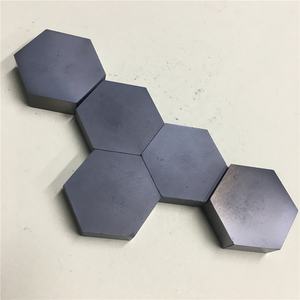
Wear Resistance Sandblasting Boron Carbide Ceramic B4c Spray Nozzle for Cleaning Equipment
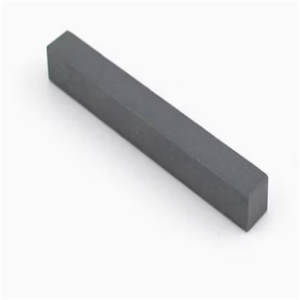
2024 Industrial Grade Ceramics Plate Boron Carbide Powder F60-F1200 Refractory Material Boron Carbide B4c for Steel Plate
